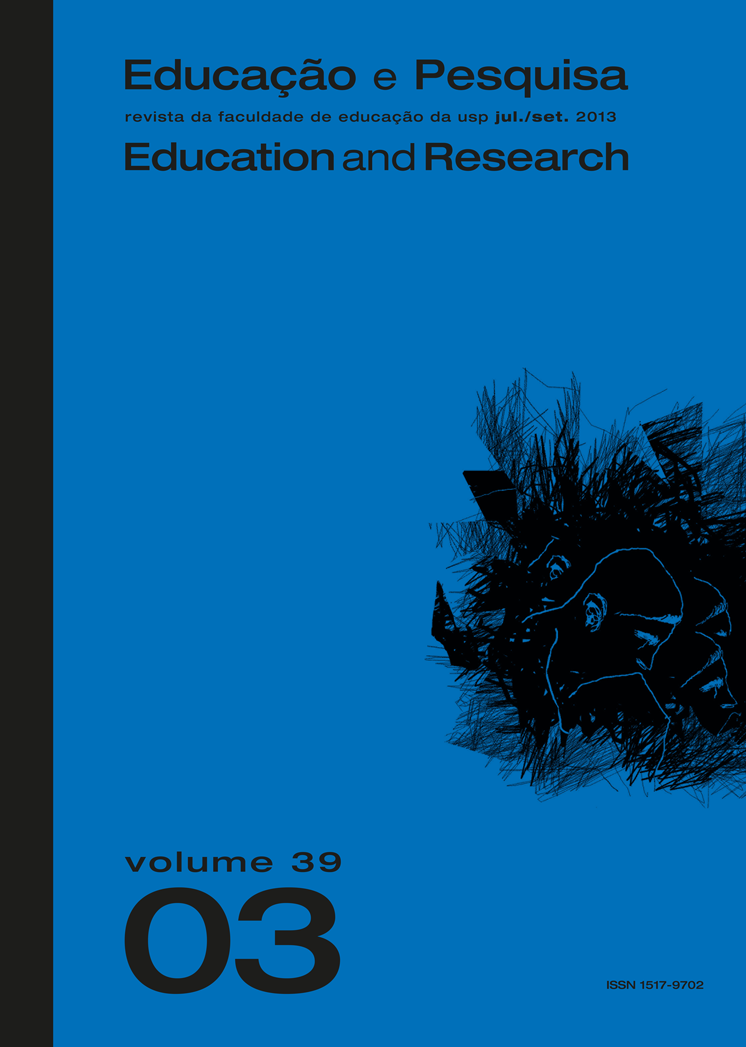Interactive whiteboards in education: an evaluation from the studies in the area
DOI:
https://doi.org/10.1590/S1517-97022013000300012Keywords:
Interactive whiteboard, Educative technology, Teaching-learning processAbstract
This article starts from the premise that it is necessary for teachers in schools of the 21st-century to have access to technological resources and abilities that allow them to transmit knowledge with competences in Technologies of Information and Communication (TICs). In view of such need, the Portuguese government has implemented the Technological Plan in Education, proposing to act directly with the majority of teachers so as to reinforce substantially the technological infrastructures of the schools, as well as to train and certify these professionals in competences fundamental for the TICs. In this plan of formation, the interactive whiteboard is one of the resources explored. The objective is to ensure the presence of this equipment in one third of the classrooms, and to train their teachers in the pedagogical and professional use of this tool. Considering the wide dissemination of these whiteboards, it is important to reflect on the pedagogical relevance of this educational tool. In this article we present a synthesis of several studies that have been conducted in Portugal and in other parts of the world about the use of interactive whiteboards in the educative context. The aim of this presentation is of systematizing the advantages and disadvantages of the use of this type of technology, assessing their influence and potential for the teaching-learning process. We investigate what are the attitudes demonstrated by teachers when integrating the use of the whiteboards and in the planning of classes, and also the levels of use of this technology reached by teachers in the context of the classroom. We consider that this educational tool can introduce improvements at several levels to the teaching-learning process. However, we must emphasize that teachers need time and training to acquire the technological competence needed to make use of the interactive whiteboard, so that they will adapt methodologies and attitudes in the classroom. They will then be able to integrate pedagogically this technology into their plans of classes, not focusing on the technology itself, but in the way it will be used and in the objectives aimed at by each teacher.Downloads
Download data is not yet available.
Downloads
Published
2013-09-01
Issue
Section
Articles
License
Authors assume exclusive responsibility for the concepts expressed in their articles, which do not necessarily reflect the journal’s opinion.
Permission to photocopy all or part of the material published in the journal is granted provided that the original source of publication be assigned.
How to Cite
Interactive whiteboards in education: an evaluation from the studies in the area. (2013). Educação E Pesquisa, 39(3), 741-756. https://doi.org/10.1590/S1517-97022013000300012



